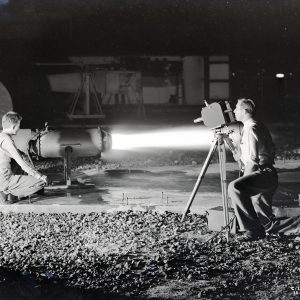
1947 Lewis Inspection
The first Inspection at the Cleveland laboratory, held in October 1947, emphasized issues pertaining to post-war development of the turbojet engine.
NASA’s final Inspection, held at Lewis in September 1973, sought to demonstrate a wide variety a civilian applications for NASA technology.
NASA intended the September 19-21, 1973 Inspection at Lewis Research Center to be the first of a new round of Inspections at its three former NACA centers. The Apollo Program had recently ended, and the Agency’s budget was plummeting. The reductions impacted Lewis, Ames, and Langley research centers more than the space flight centers. In addition, public enthusiasm for NASA had waned significantly since the Apollo 11 mission in 1969. To address this latter concern, the theme of the 1973 Inspection was “Technology in the Service of Man.” It sought to demonstrate how NASA’s aeronautics and space research benefited life on Earth.
In a dramatic shift, only three of the nine stops covered space topics, and these stressed their terrestrial applications. Speakers tied the Centaur rocket program to insulation and cryogenics breakthroughs that improved medical facilities, space communications systems to television signal transmission, and satellite-to-Earth observation tools. The aeronautics talks discussed quiet engines, vertical and short take-off and landing aircraft, and pollution reduction. There was a new stop dedicated to renewable energy research, as well as stops detailing the Center’s work on composite materials and lubrication systems.
Nearly 900 guests attended the 1973 Inspection, which included exhibits from all of the other NASA centers in the hangar. Walter Olson managed the planning of the event. Lewis also held an open house for employees on the Sunday after the Inspection. This was followed by a multiday public open house during which 22,000 visitors listened to the talks and viewed the exhibits. Although the 1973 Inspection was a success with both the guests and visitors, it did not produce the political support that NASA had hoped for. It was the final Inspection.
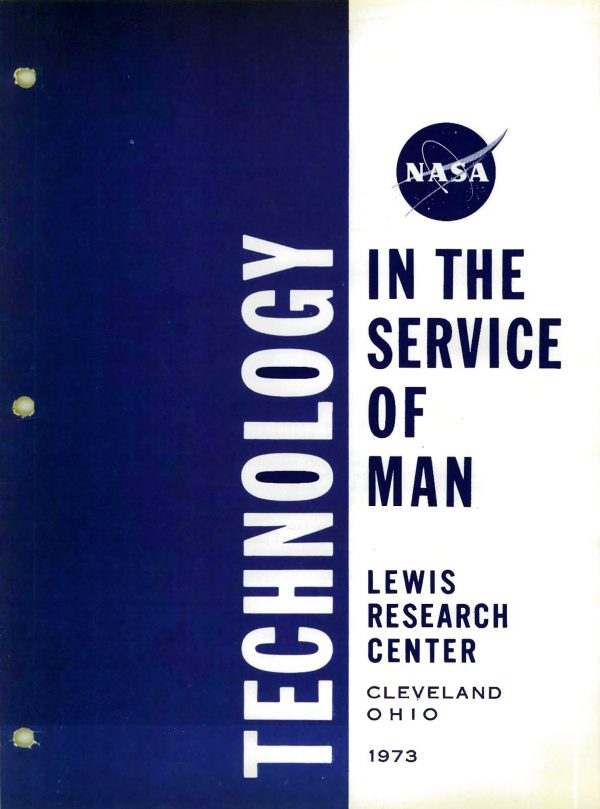

The first Inspection at the Cleveland laboratory, held in October 1947, emphasized issues pertaining to post-war development of the turbojet engine.
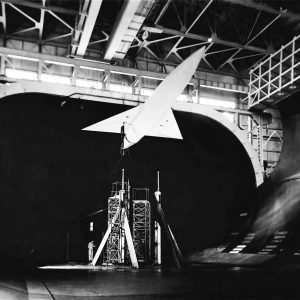
The July 1948 Inspection at the Ames Laboratory highlighted the facility’s new wind tunnels and work on heat transfer and aircraft control systems.
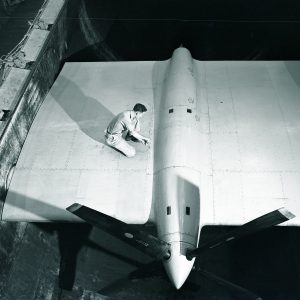
During the September 1948 Inspection, the NACA renamed its Cleveland laboratory in honor of the recently deceased George W. Lewis.
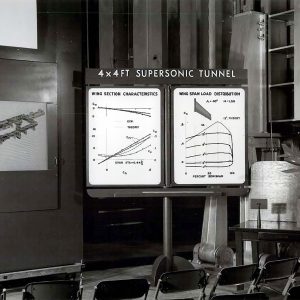
Langley’s biennial Inspection in May 1949 featured its recent work in high-speed aerodynamics, particularly in the transonic stage.
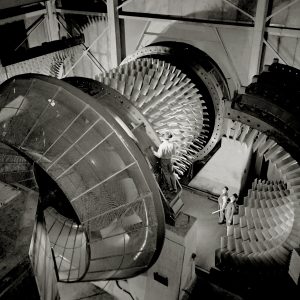
At the September 1949 Inspection, the NACA unveiled Lewis’ recently completed 8-by 6-Foot Supersonic Wind Tunnel and a new style of presenting the technical information in a more understandable manner.
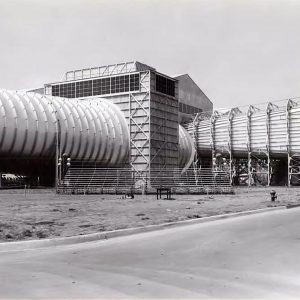
The July 1950 biennial Inspection at the Ames Laboratory’s took place shortly after the onset of the Korean War and signaled the beginning of the NACA’s transition into missile and rocket research.
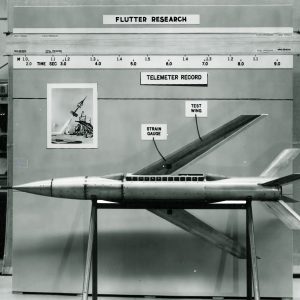
Langley’s 1951 biennial Inspection addressed tools necessary for transonic research and efforts to transition from manual data computations to mechanical and digital computers.
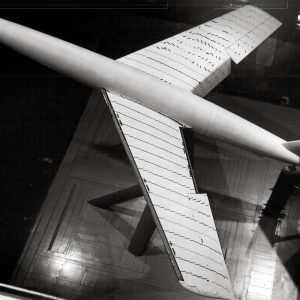
Increasing Cold War security concerns led to a reduction of technical information on display during the July 1952 Inspection at Ames.
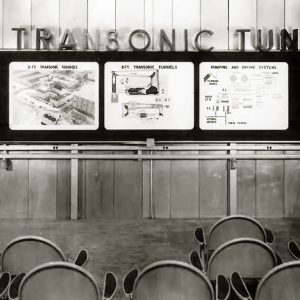
The Langley Laboratory featured its helicopter research during the biennial Inspection in May 1953.
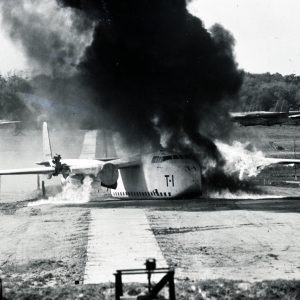
The Lewis Laboratory’s June 1954 Inspection emphasized the NACA’s role in the Cold War, while demonstrating the new Propulsion Systems Laboratory and its growing rocket research.
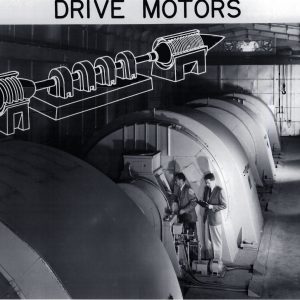
The talks at the June 1955 Inspection of the Ames Laboratory revealed that the more advanced aircraft of the future required the same type of NACA research as previous generations.
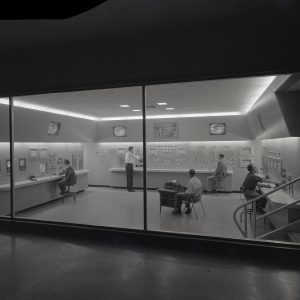
The May 1956 Inspection was dedicated entirely to the Lewis Laboratory’s new Unitary Plan Tunnel (the 10- by 10-Foot Supersonic Wind Tunnel).
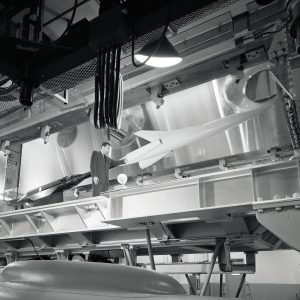
The October 1957 Inspection at the Lewis Laboratory ushered the NACA into the space age and signaled the beginning of the end for the agency.
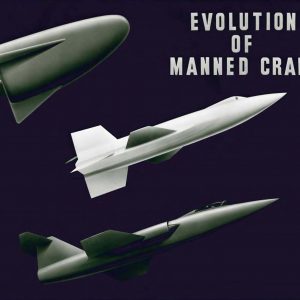
The July 1958 Inspection at Ames was both the laboratory’s final Inspection and the final Inspection of the NACA era.
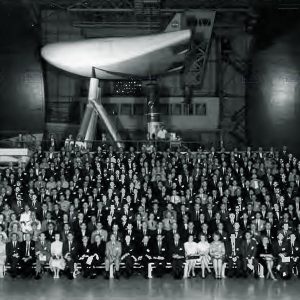
NASA’s first Inspection, held at Langley in May 1964, emphasized the role the former NACA labs were playing in the new Office of Advanced Research and Technology (OART).
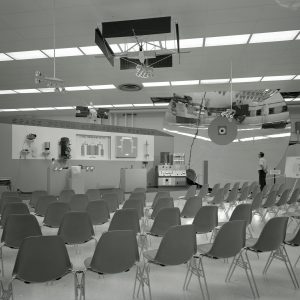
Lewis Research Center held an Inspection in October 1966 to mark its 25th anniversary and demonstrate both its space research and resurgent aeropropulsion work.
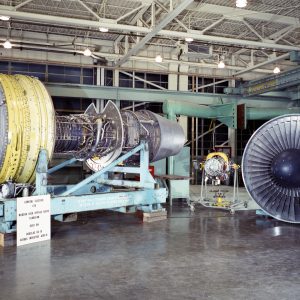
NASA’s final Inspection, held at Lewis in September 1973, sought to demonstrate a wide variety a civilian applications for NASA technology.